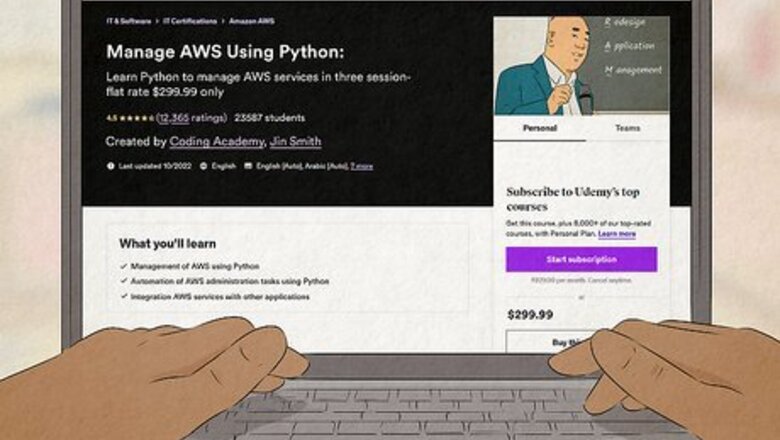
views
- Charge at least $100 for your online course. Most standard courses cost between $200 and $2,000 or more.
- Price your course higher if it offers the customer a significant transformation, is highly interactive, or was costly to produce and promote.
- Raise your price gradually until you see a noticeable drop in sales. The “sweet spot” is the highest price you can charge that brings in the most customers.
- Justify price increases by adding features like student forums, access to live Q&A sessions and webinars, or 1-on-1 coaching with you.
Online Course Price Ranges
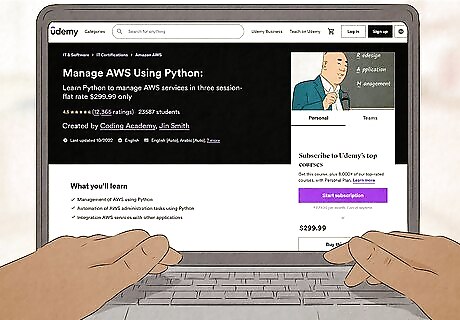
Most courses cost $100 to $2,000+ based on content and creation cost. Many courses in this range are flagship or standard courses—full-length, comprehensive programs that make up the “meat and potatoes” of what you offer, but may not have premium benefits like 1-on-1 coaching or advanced training. This is a wide price range, but gives you flexibility to price fairly according to the course content, your experience, and your overhead costs. The average price of a creator’s first course is about $157. As a general rule, charge at least $100 for your online course. Price ranges vary based on the type of program you’re offering: Lead magnets (free assets or special deals in exchange for a customer’s contact info): Free Mini-courses (short modules that teach 1 specific skill or concept): $10 to $50 Introductory or “get to know us” products: $25 to $100 Flagship courses: $200 to $2,000+ Advanced training or certifications: $2,000 to $5,000+ Advanced training plus individual coaching: $2,000 to $10,000+
Factors that Affect Price
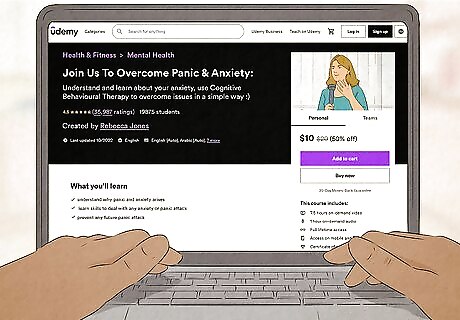
The transformation you’re offering Will your course teach customers how to knit for recreation, or will it provide advanced leadership training they can apply to the workplace? Courses that focus on hobbies or “low value” activities (non-essential skills) sit toward the bottom end of the price range compared to courses offering training in essential or professional skills, like database management or conflict mediation. These courses can cost significantly more. A “transformation” can be hard to quantify, but if your course is filling a need that customers have, they’ll be willing to pay for it.

Interactivity Is your course fully self-paced with instructional videos, or do you make yourself or other instructors accessible with live Q&As and coachings? The more interactive your course is, the more you can charge for it. This could include students interacting with instructors, or with each other in cohorts or online community groups. Interactivity is a valuable course component. Highly interactive courses fall at the high end of price ranges.

Advertising and production costs How much time and money did you spend planning, filming, producing, and marketing your product? Chances are you’ll want to make that back quickly! Basically, the more you invest in your course, the more you can charge for it. By spending more to create a course that’s high-quality, easy-to-use, and comprehensive, you’re creating a reputable, high-end product that customers are willing to pay premium prices for.
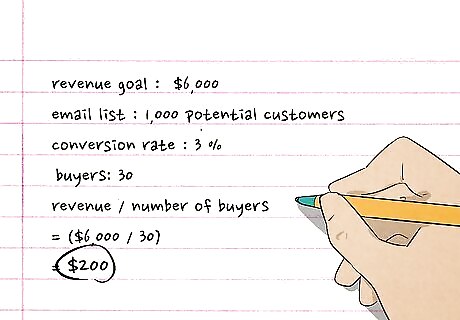
Your revenue goals and audience conversion rates How much money do you want to make, and how many of your followers or subscribers will purchase your course? Let’s say you want to pocket $5,000 and it cost you $1,000 to build and promote your course. That makes a revenue goal of $6,000. Let’s also say you’ve got an email list of 1,000 potential customers and expect about 3% of them to buy your course (your conversion rate): 3% of 1,000 email subscribers is 30 people. To earn $6,000 from 30 people, your course would need to be at least $200. If you’re not sure what your conversion rate is, use a low value between 1% and 3% for estimations.

The time your course will save customers At the end of your course, will customers be able to quickly complete tasks that would otherwise take them hours? If the answer is yes, feel free to charge a higher price. If possible, quantify the number of hours your customers will save and promote that statistic in your advertising. Potential buyers will see the cost as an investment to save time later. For example, if you’re offering a course for teachers on how to grade homework efficiently, you could promote the class by promising that customers will “accomplish 3 hours worth of grading in just 90 minutes!” by the time they finish the course.

The prices of similar courses Do some market research before launching your course—are your competitors pricing theirs in a particular range? If so, consider adjusting your initial course price to match industry standards. Remember that your course is unique, though. If you have a special offer, insight, or learning strategy that sets you apart from similar courses, reflect that by raising your price. For example, if most competing Italian cooking courses charge about $250 but yours offers vegan alternatives for every recipe, try charging more than $250 since you have something unique and helpful to offer.
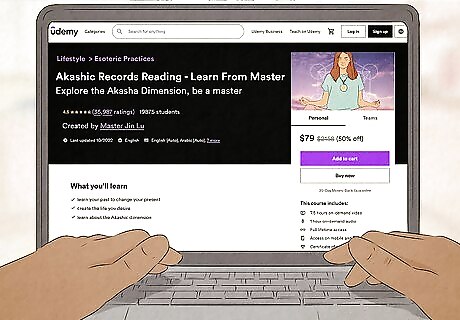
Your unique perspective and experience Do you have a distinct viewpoint on the topic of your course? You don’t have to be a world-class expert or leading pioneer in a field to offer a comprehensive, premium-priced course. Your personal point of view or background adds value to your customers’ experiences (and therefore the price) because you can show similar folks how to learn or accomplish something in a way that works for them. For example: Say you’re a single parent who runs a small business. You could charge premium prices for a course on opening a business marketed toward other single parents since you have personal insight into the time juggling, emotional toll, and work-life balance such an undertaking requires.
Price Testing

Raise your price in regular intervals until you see a decline in sales. The “sweet spot” for your course price is the highest amount you can charge that brings in the highest number of sales. Assuming you’re not overcharging to begin with, you’ll be able to see the point where potential customers become less willing to purchase your course. For example: Say your course is $200 and you raise the price by $25 every month. You get 15-20 new customers every month until the price hits $325, after which you only get 8. This shows that $325 is just above the sweet spot. Don’t stress over starting at the perfect price. It’s rare to find the sweet spot right away, and most online courses adjust their price after launch to fit their markets. It reflects better on your course to start pricing on the low end and gradually increase it than to aim too high and have to continually lower your price.
Risks of Pricing Too Low

You’ll make less money, even if your sales are high. A low price might attract a higher number of customers, but this doesn’t necessarily mean you’ll be raking in the dough. For example, selling a $50 course to 100 people comes out to $5,000 in revenue, but selling the same course for $250 to only 25 people generates $6,250. In the long run, a higher-priced course sold to fewer but committed customers results in a bigger profit margin. Higher profits allows you to cover your production and marketing costs, make updates to your course content, and of course, make more money for yourself!
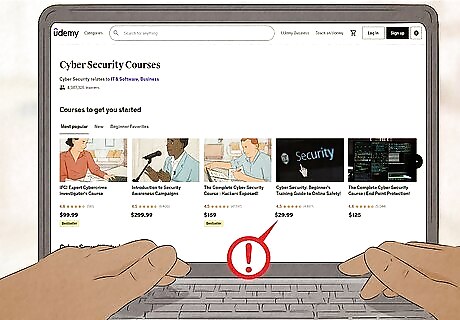
Your course will appear less valuable. The phrase “you get what you pay for” is probably on any customer’s mind when they’re browsing online courses. If you’re offering a product that’s priced well below industry standards compared to similar courses, yours could be viewed as less comprehensive, helpful, easy to use, or authoritative. This translates to fewer sales, which leads to fewer customer success stories, which leads to a weaker course reputation.

You might get caught in a “race to the bottom” with your competitors. No matter what product you’re selling, there’s almost always someone out there who will offer something similar for less money to undercut your business. If you start with a low price and continue slashing it to compete with these businesses, you could end up with an unprofitable course that potential customers view as low-quality.
When should I lower my course price?

Lower your price for pre-launch sales or before price increases. Offer a pre-launch or early sales discount before you officially roll out your course at full price. This lets you gather a preliminary customer base, testimonials about how great your course is, and some income to use for marketing and course updates. To drive sales numbers, only offer this deal for a short time (1-2 weeks). Also consider lowering your price to entice cost-sensitive customers before you raise the regular price. Offer the deal for a short period of time or to a certain number of first-come, first-served users. The deadline creates a sense of urgency.
Benefits of Premium Pricing

Your students will take your course more seriously. In general, customers are more likely to view a premium-priced course as a valuable investment in their skills and time. This means you’ll have dedicated students who are genuinely interested in your content and can provide thoughtful, glowing testimonials about your product that you can use for further marketing. Your customers want to get their money’s worth out of your course. The more you charge, the more motivated they’ll be to complete it and implement their new skills into their lives.

It’s easier to meet your revenue goals. Even though your sales numbers may dip with a higher price, you’ll always be able to find more customers to buy your course as long as it addresses their needs. This means you can sustain a higher profit margin with fewer students and high prices than you could with a massive number of students and low prices. When it comes to pricing, the more you charge, the more you make!
Making Your Course Accessible

Offer payment plans that allow students to pay in installments. Paying for an entire premium-priced course upfront can be challenging for some potential customers. To encourage more sales without lowering the price, offer payment plans where customers can pay the full price over several weeks or months. This way, you can grow your customer base, earn the full amount from a course purchase, and get a reputation for flexibility and good customer service.
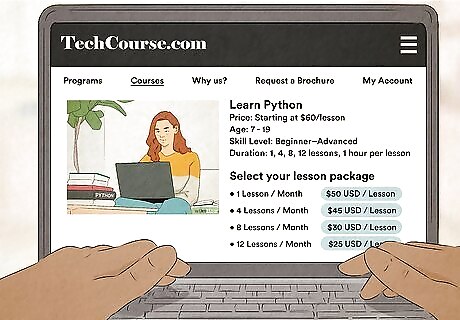
Create multiple tiers of your course offered at different price points. For example, you could offer a basic or standard tier that includes the core course materials, plus a higher-priced VIP tier that includes bonus content or access to you or other instructors for individualized help. This way, you can entice prospective students from different economic backgrounds to purchase your course (and increase the number of rave reviews you get).
Justifying Price Increases
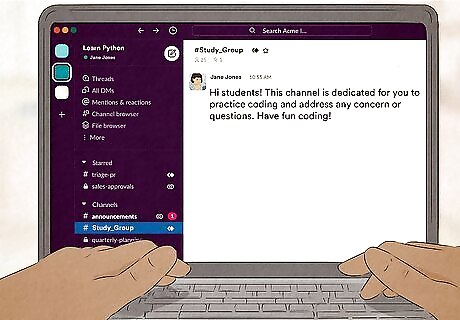
Create an online community for your students. This adds value to your course by enabling customers to network with each other, share experiences and materials, and collaborate. This community could be a forum hosted on your course’s platform, a channel on messaging apps like Slack, or even a private group on social media sites like Facebook.

Host live Q&As, webinars, or other chances to interact with you. Remember that you, your knowledge, and your experience are part of what makes your course valuable! Put together lectures or webinars about topics related to your course as bonus content for your course members, or put together a Q&A session to give students an opportunity to pick your brain.

Offer small group or 1-on-1 coaching. Add value to your course by introducing individualized training (as part of a VIP tier or a general price increase). This provides a unique opportunity for customers to learn directly from you and voice the questions and concerns they have about their specific circumstances or goals. It’s also a great way to build customer relations and bring them back to purchase your next course!
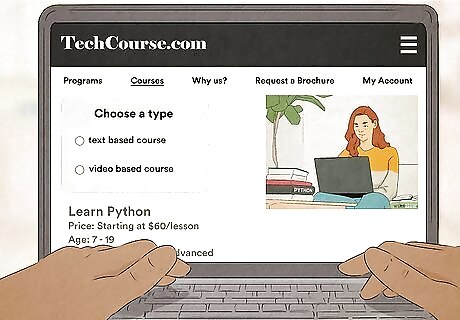
Upgrade your course content or restructure it to be multimodal. If there’s new research or best practices in the field you’re teaching, make sure to update your content to stay current and competitive (and therefore, profitable). Also try offering new ways for customers to consume your course content by going multimodal. For example: You could offer audio or video versions of written instructions and articles so customers who prefer learning by listening or watching have more flexibility in how they absorb your material. Additional modules to add could include bonus materials like printable study guides or video tutorials for specific tasks mentioned in the core course material.

















Comments
0 comment